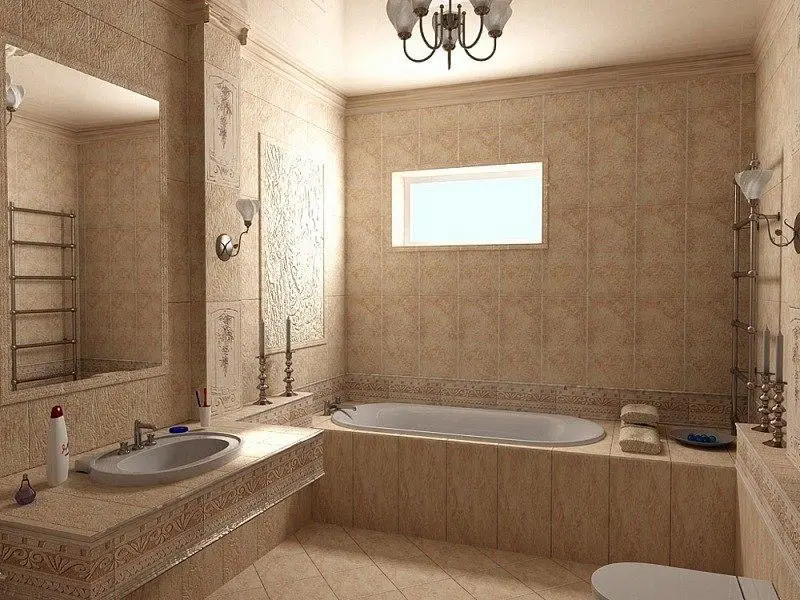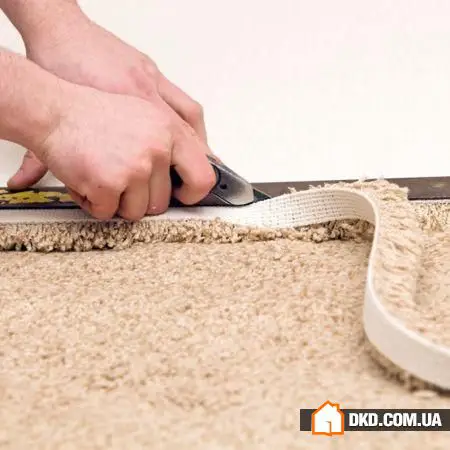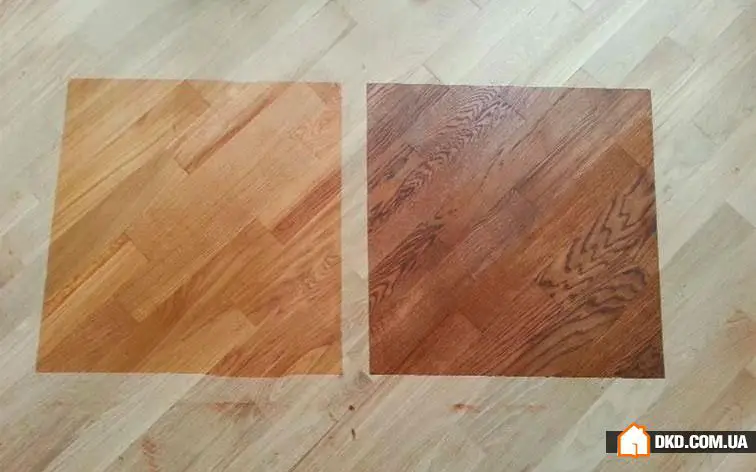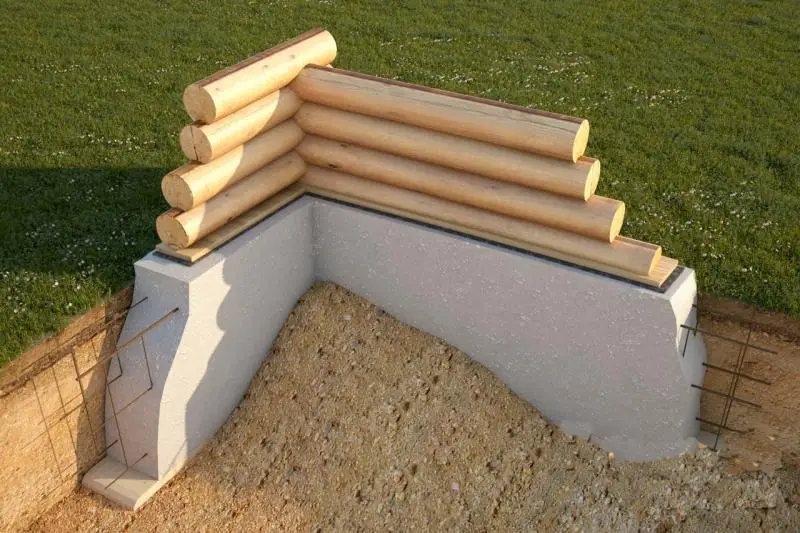There can be your advertisement
300x150
Laying Linoleum
The key to successful installation of any flooring is accurate measurement of room dimensions and transferring them onto the future floor surface. When laying linoleum, proper sizing is crucial – twice as important. Linoleum sheet dimensions should include a 10–15 cm allowance compared to the maximum room length and width.
The key to successful installation of any flooring is accurate measurement of room dimensions and transferring them onto the future floor surface. When laying linoleum, proper sizing is crucial – twice as important.
Linoleum sheet dimensions should include a 10–15 cm allowance compared to the maximum room length and width. This means that linoleum must be trimmed precisely to the wall during installation. This is the price for a smooth, seam-free floor, especially in visible areas, where visible joints will inevitably appear if the linoleum sheet is too small. The main principle: it's better to buy with extra material and trim later than to buy exactly to size and face the need to add strips or patches.
Linoleum is a material where the joint between two sheets will always be visible: it cannot be joined 'in a tongue-and-groove' fashion like laminate floor panels, nor can it be pressed down by a threshold, unless it's a door frame. Therefore, the importance of correct size selection, transferring it onto the material, and precise cutting of the required length and width cannot be overstated.

Surface Preparation Before Installation
The floor base must be cleared of all unnecessary items that could interfere with rolling out and installing the material. Check the floor for any sharp or uneven inclusions (protruding screw or nail heads, sharp small fragments from screed or plaster, etc.). All such elements must be removed, debris swept or washed away, and screw heads driven in or removed. Any sharp object under the linoleum will inevitably tear the surface – possibly not immediately, but after some time of floor use, you may face the need to patch or partially replace the linoleum.
The ideal base for linoleum installation is a floor made of sheet materials such as plywood, OSB panels, or KNAUF Superboard dry screed. Emphasize again: all fasteners securing the sheet materials to the floor must be fully embedded within the thickness of the floor material.
Linoleum Installation
If linoleum was brought into the room during cold weather, such as in freezing temperatures, allow the roll to acclimatize in the room for a while before starting installation, to match room temperature. Then unroll and cut the linoleum into a rectangle based on the room’s maximum dimensions, with a 10–15 cm allowance.
Next, locate a right angle in the room to begin precise installation, trimming the edges to fit against the walls. Linoleum can be cut using various tools – from a simple office knife to a specialized professional tool for linoleum installation (a knife with a special blade). The key is that the cutting edge of your chosen tool must be thin and well-sharpened – otherwise, the cut line will fray, spoiling the appearance of the linoleum joints.
Linoleum is secured to the floor in several ways. The most suitable method for rooms over 20 m² or with high foot traffic is adhesive bonding. A rigid, full-surface bond using adhesive (e.g., «Bustylat») prevents wrinkles and buckling, which is especially important when moving heavy furniture.
Adhesive application involves spreading glue on the floor base, then unrolling the pre-cut linoleum. You’ll have approximately 30–40 minutes after laying to precisely adjust the linoleum to the room’s shape before the adhesive begins to polymerize.
In smaller rooms with low foot traffic (e.g., bedroom or child’s room), linoleum can be secured without adhesive, using baseboards along the perimeter. In this case, it’s essential to leave a 3–4 mm gap between the linoleum and each wall to allow thermal expansion and contraction, preventing wrinkles and buckling due to temperature changes.
This method is simplest but completely unsuitable for large rooms, as there’s a risk of movement in the center of the floor. The center is the farthest point from all walls, and thus from the points where baseboards are attached.







